Today's B2B buyers are browsing websites before picking up the phone, and a staggering 64% of US consumers feel that companies have lost touch with the human element of customer experience.
When I applied to college over a decade ago, I would have loved to ask questions of admissions online. And as a student, getting degree info or career guidance from my dorm room would have been amazing!
As more and more higher ed institutions adopt live chat, modern students, applicants, and alumni don’t always need to wait on a phone line or walk over to an office. You’ll capture and answer questions that students ask at any time, even after hours. Live chat opens up a line of 24/7 communication between universities and their students.
Here at Olark, we’re committed to digital accessibility. Below, we wanted to share our story of getting audited and conforming to important accessibility standards. But first, let’s discuss: why does live chat accessibility matter?
For starters, one in five Americans has some form of disability. Statistically speaking, we all probably know at least one person who has a physical, cognitive, or visual/hearing impairment. And of course, we all use the web!
Live chat and business-to-business (B2B) companies haven’t been friends as long as other sectors like business-to-consumer (B2C). At my last B2B company, we had our quote forms and email support. And we went on Twitter if we wanted to be *really* fast at responding!
I love sending long, breezy emails to friends. But I’ve been busier than ever these days and find myself texting a lot, while emails sit untouched. I know I’m not alone. You’re probably saying, “Yeah, welcome to the 21st century!”
This move towards speed and low-friction communication is a huge trend, especially among my generation, Millennials (and Gen Z).
Live chat can mean the difference between a potential customer clicking “buy” and walking away from your store forever. Let me tell you a quick story...
Inspiring creativity in a remote team means bringing your whole self to work.
As a product manager and musician, I’ve seen that small moments of openness can cement your team’s—or band’s—ability to collaborate.
Many years ago Olark put our donation matching program in place. This program was spearheaded by a member of our DevOps team back when we were a tiny company. Since its inception we've made it more streamlined, but still run it with a shoestring amount of effort.
I’ll never forget the second day of my first remote job. The first day was the usual — signing all the things, attending all the things, logging into all the things. But when the second day arrived, I had no idea what to do.
All-hands support is an Olark institution. We’ve been sharing responsibility for chat and email support across everyone on our team — everyone, including developers, designers, marketers, and our CEO — since our company was founded in 2009. It hasn’t always been easy, but it’s always been worth it. How have we made it work?



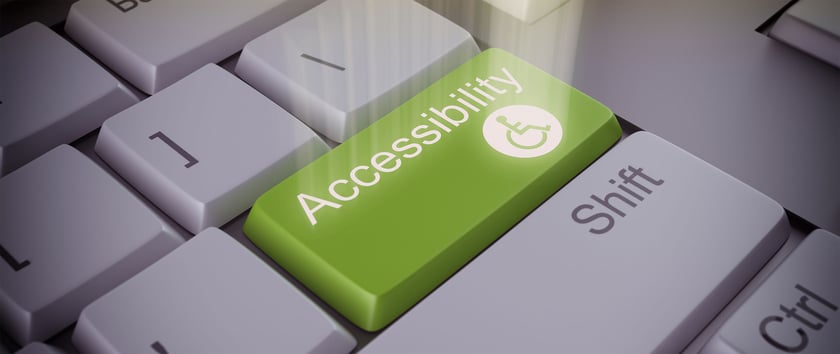
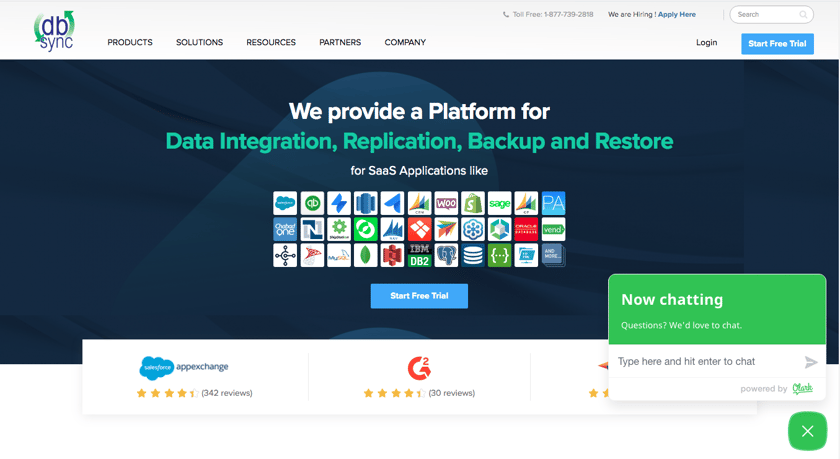

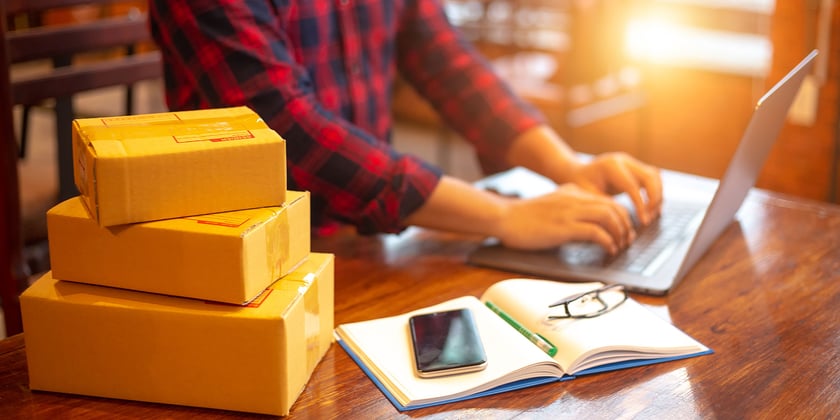
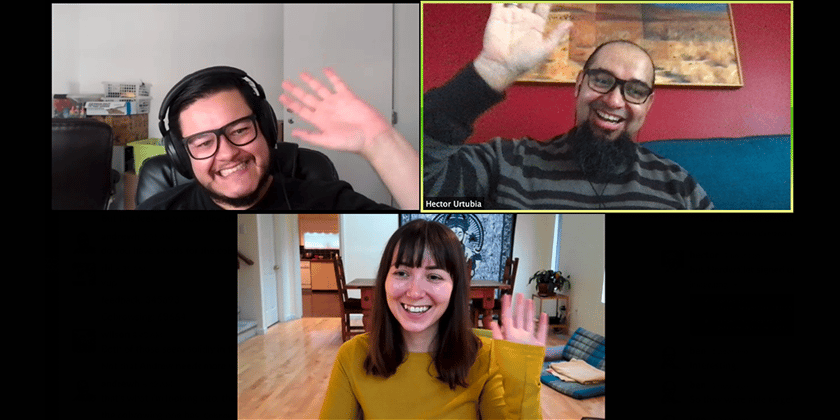
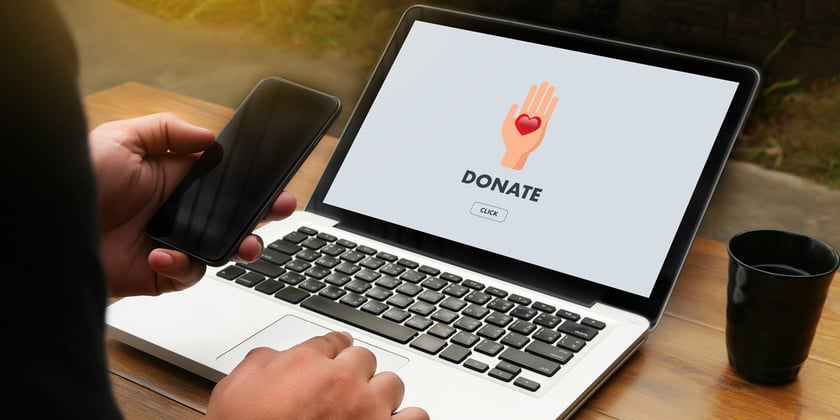
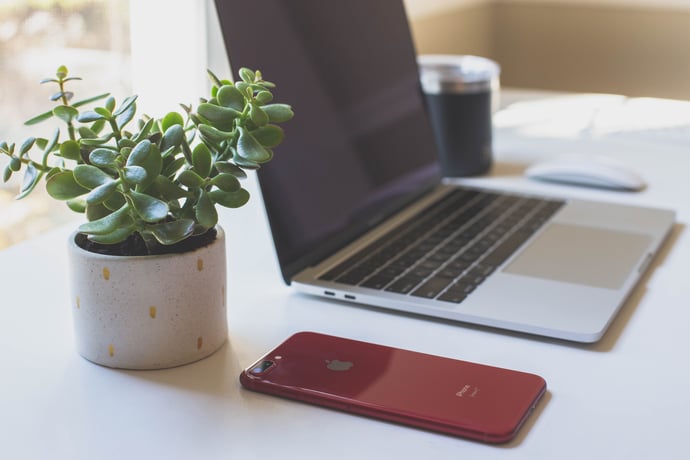
.png?width=840&height=460&name=team%20pic%20smiling%20(600x304).png)